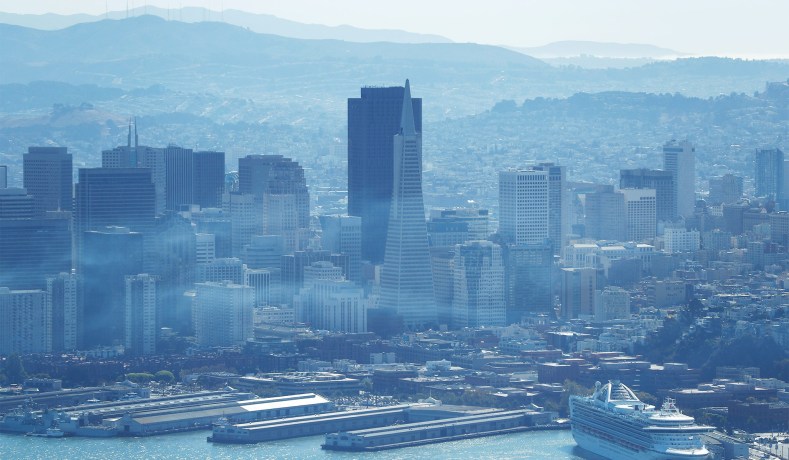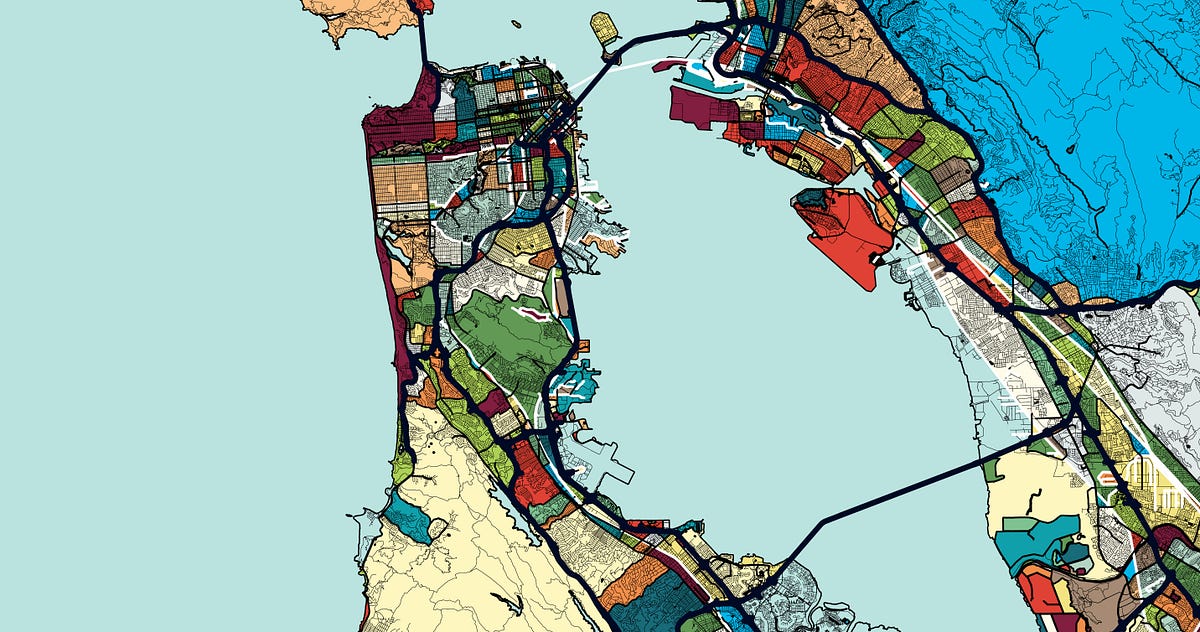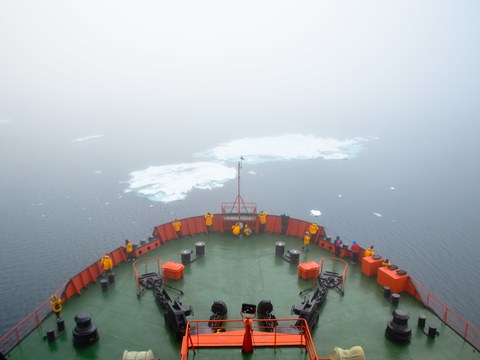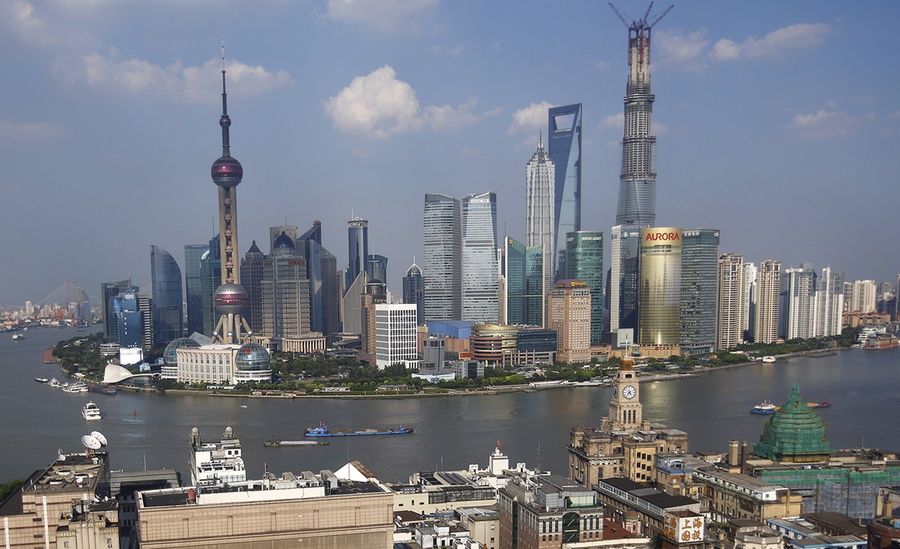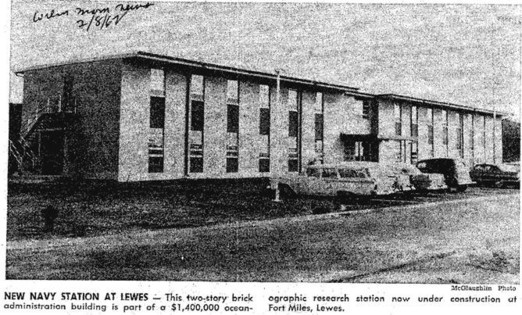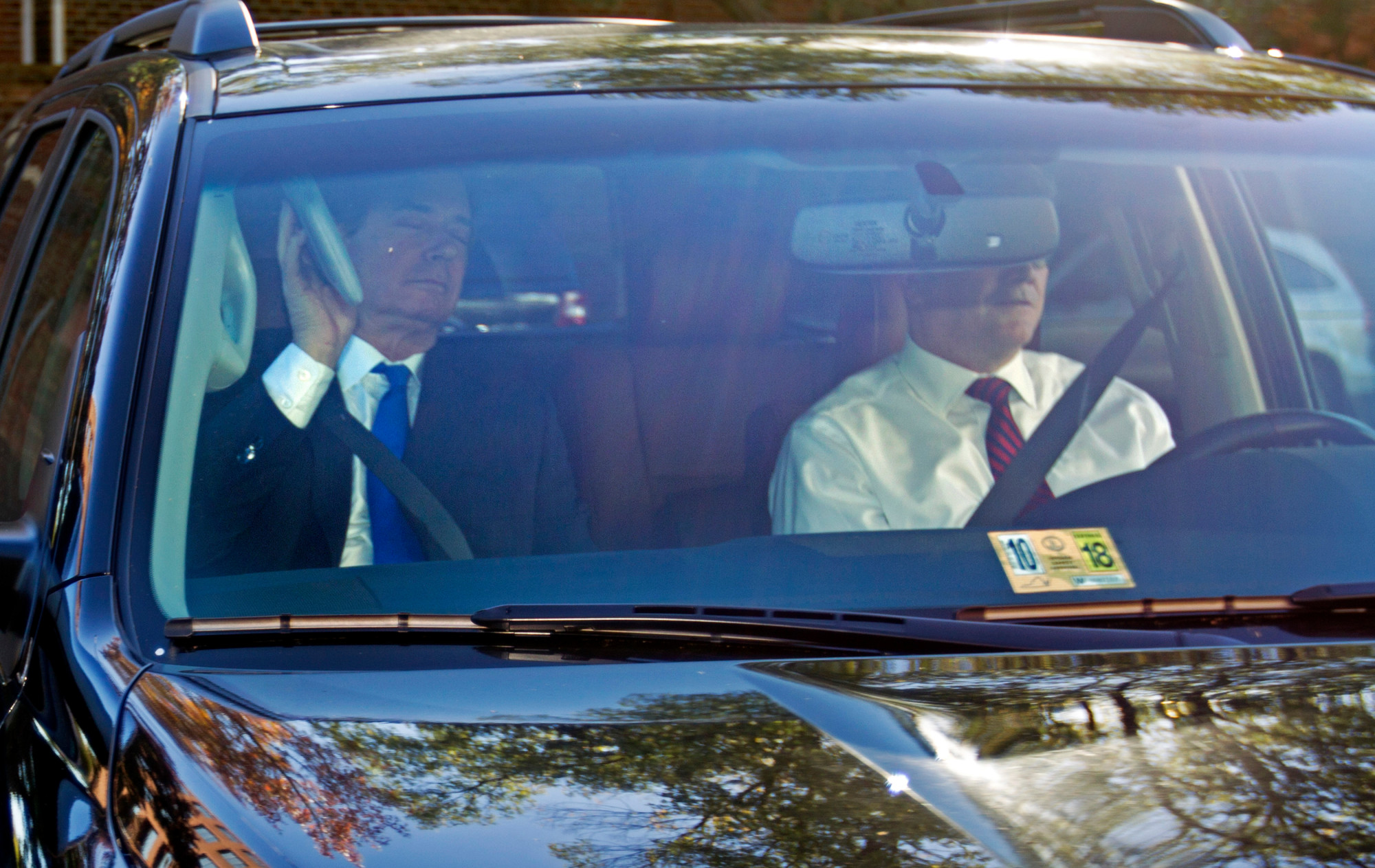We were out of town over the weekend and at 5:30 AM Saturday I awakened to the sound of one beep of our car’s “alarm” horn. Thinking it was the neighbor’s car and knowing our car was locked, I went back to bed. When we walked to the car later that morning, the hatch was standing wide open. Nothing appeared to be touched or taken.
I was immediately concerned that somehow our keyfob had been hacked. Kelly thought something probably bumped up against one of our keyfobs and that caused it to open. We’ve had the car for years, though, and an “accident” like this has never happened. If something pressed a keyfob button, why would it sound just one beep of the horn alarm? Why not trigger it to sound repeatedly, as would happen if it were a single press of the button? Seems unlikely an accidental press of a button would cause one clean beep and then cause the hatchback to open.
So, naturally I am fascinated with whatever technology was used for this! There are a couple of approaches.
Continue reading
